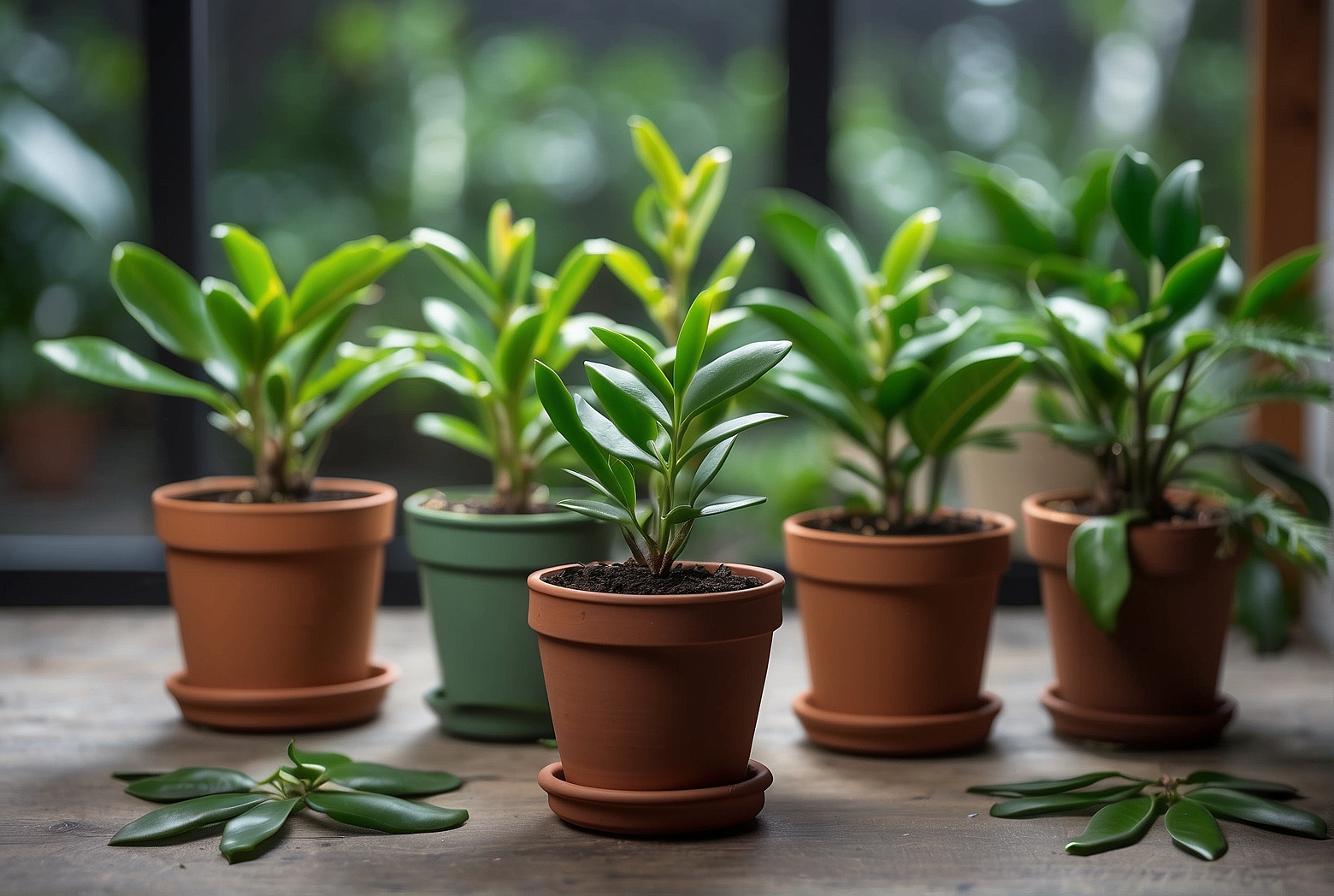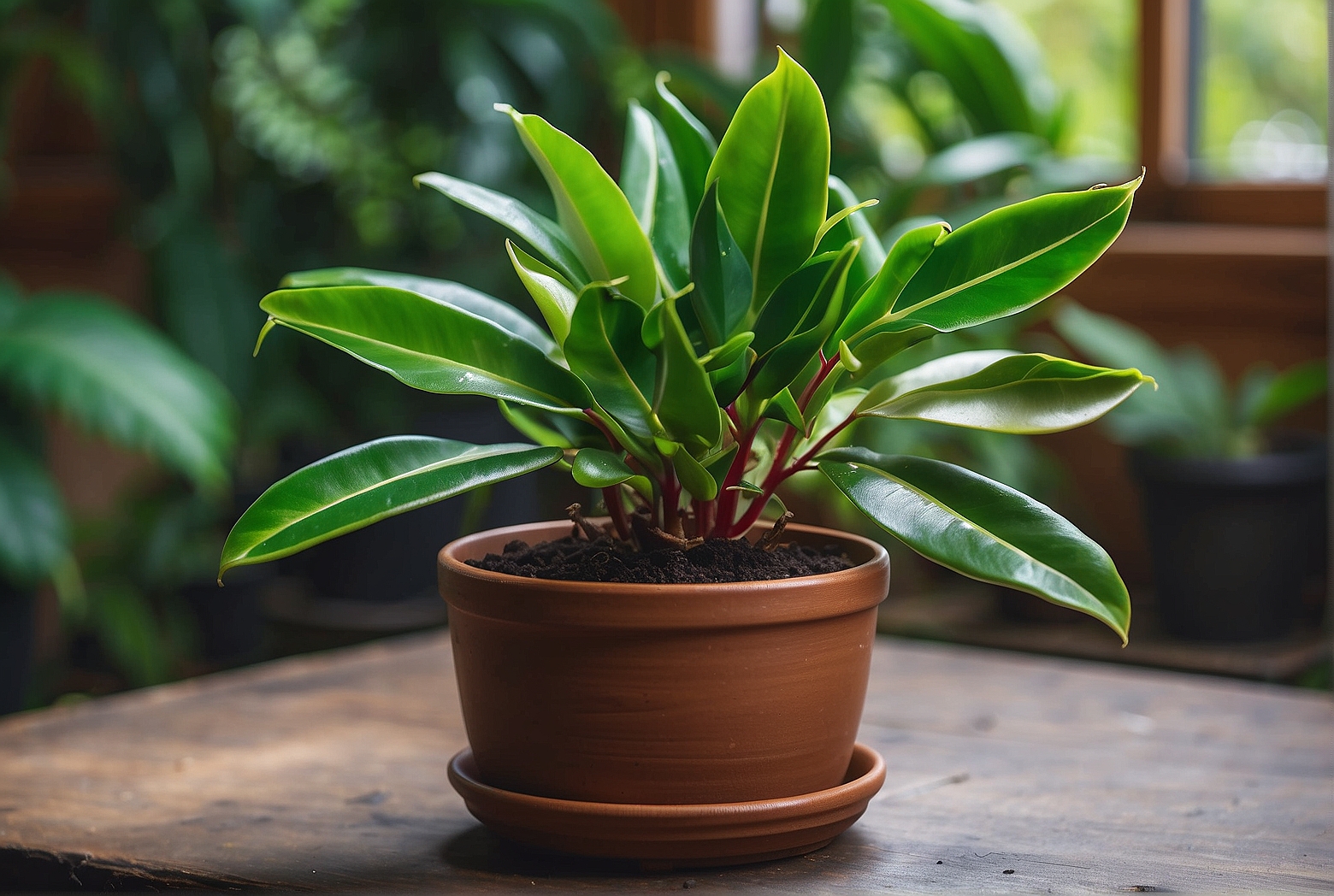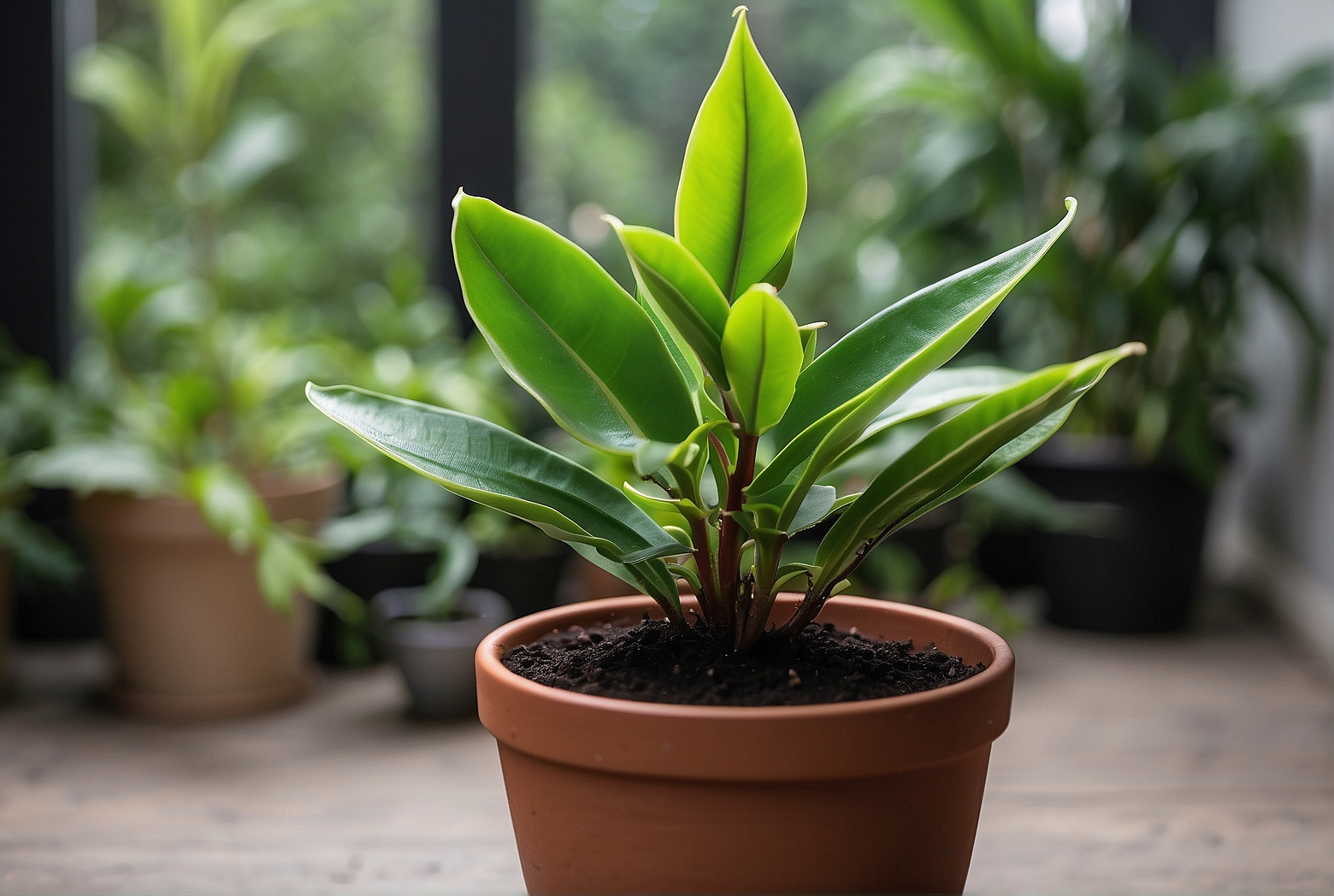Last Updated on April 3, 2024 by Tony Manhart
Have you ever wondered how to expand your plant collection without spending a fortune? Look no further! In this comprehensive guide, you will learn the art of propagating a ZZ Plant from just a single leaf. Whether you are a seasoned horticulturist or a beginner with a green thumb, this step-by-step process will unlock the secrets to successfully growing new ZZ Plants and enjoying the beauty of this resilient and low-maintenance houseplant. So, grab your gardening gloves and let’s dive into the wonderful world of propagating ZZ Plants from a leaf!
Choosing the Right Leaf
When propagating a ZZ plant from a leaf, it is important to select a healthy leaf. Look for a leaf that is free from any damage or disease. A healthy leaf will have vibrant green coloration and a firm texture. Avoid selecting leaves that are wilted, yellowing, or have brown spots. It is also crucial to choose a mature leaf, as younger leaves may not have enough energy to produce roots and sustain new growth.
Preparing the Leaf Cutting
Before you begin propagating the ZZ plant leaf, make sure to sanitize your tools. This will help prevent the spread of any potential diseases or pests. You can use rubbing alcohol or a diluted bleach solution to clean your tools.
Carefully remove the selected leaf from the mother plant. Gently hold the base of the leaf where it meets the stem and pull it away with a slight twisting motion. Be careful not to damage the leaf or stem during this process.

If the leaf is too large, you can trim it to a more manageable size. Use clean, sharp scissors and make a clean cut. Avoid tearing the leaf, as this can lead to unnecessary stress on the cutting.
After making the cut, allow the end of the leaf to callus. This process helps to seal and protect the wound, preventing moisture loss and disease entry. Place the leaf in a warm and dry location and let it sit for 24-48 hours.
Rooting Medium
Choosing the right rooting medium is crucial for the successful propagation of ZZ plant leaf cuttings. It is recommended to use a well-draining potting mix specifically designed for houseplants. This type of soil will provide the necessary nutrients while allowing excess moisture to drain away from the cutting.
To improve drainage, you can also add perlite or sand to the potting mix. These additives help create air pockets within the soil, preventing water from sitting around the roots and potentially causing root rot.

Using a small container or propagation tray is also important. When starting the rooting process, you don’t want to overwhelm the cutting with a large pot. A small container or tray will create a more controlled environment and reduce the risk of overwatering.
Planting the Leaf Cutting
To plant the ZZ plant leaf cutting, you will need to make a small hole in the rooting medium. Use your finger or a pencil to create a hole that is deep enough to accommodate the cut end of the leaf.
Once the hole is ready, gently insert the cut end of the leaf into it. Be careful not to push it too deep or force it. The leaf should sit securely in the hole without tipping over or being buried too deep.
After placing the cutting in the hole, gently firm the soil around it. This will help stabilize the cutting and provide support as it develops roots.
Once you have planted the cutting, it’s important to water it lightly. Use a watering can with a fine mist or a spray bottle to moisten the soil. Avoid overwatering, as this can lead to root rot. The goal is to provide enough moisture to encourage root growth without drowning the cutting.
Providing the Right Environment
ZZ plant cuttings thrive in a warm and bright environment, but direct sunlight should be avoided. Place the cutting in a location where it can receive bright indirect light, such as near a north or east-facing window.
Maintaining high humidity is also important for the successful propagation of ZZ plant cuttings. One way to increase humidity is to cover the cutting with a plastic bag or a dome. This creates a mini greenhouse effect, trapping moisture around the cutting.
However, it’s crucial to monitor the cutting while it’s covered to prevent it from becoming too humid. If you notice excessive condensation or the cutting appears to be rotting, remove the covering and allow it to breathe for a short period before covering it again.
Watering and Care
When it comes to watering the ZZ plant cutting, it’s important to strike a balance. Overwatering can lead to root rot, while underwatering can cause the cutting to dry out and fail to root.
Allow the soil to dry slightly between waterings. Stick your finger about an inch into the soil and if it feels dry, it’s time to water. When watering, pour water slowly and evenly around the cutting, avoiding getting water on the foliage.
In addition to regular watering, misting the cutting regularly can help increase humidity and prevent the leaves from drying out. Use a spray bottle to gently mist the foliage, being careful not to saturate the leaves.
Patience and Monitoring
Propagation takes time, and it’s important to remain patient throughout the process. ZZ plants may take several weeks or even months to develop roots and show signs of growth. It’s crucial not to disturb or rush the process by checking for root development too frequently.
Instead, monitor the cutting for signs of growth such as new shoots or roots. These indicators show that the ZZ plant cutting is establishing itself and developing a healthy root system. Be observant and give the cutting time to develop before taking any further steps.
Transferring to a Larger Pot
Once the cutting has developed a good root system, it is ready to be transferred to a larger pot. Choose a slightly larger pot that provides adequate room for the ZZ plant to grow.
Fill the pot with well-draining potting mix, similar to the one used for rooting the cutting. This will ensure that the plant has access to nutrients and sufficient drainage.
Carefully transplant the rooted cutting into the new pot, making sure to place it at the same depth as it was in the previous container. Gently fill the remaining space with potting mix, ensuring that the roots are covered but not overly compacted.
Maintaining the New Plant
To maintain the newly potted ZZ plant, it’s essential to provide it with proper care. Water the plant when the top inch of soil feels dry, being careful not to overwater. ZZ plants are native to arid regions and can tolerate slight droughts, so it’s better to underwater than to overwater.
Provide the plant with adequate sunlight. ZZ plants thrive in bright, indirect light. Place the plant near a window that receives bright, filtered light or use artificial grow lights if natural light is limited.
Avoid exposing the ZZ plant to cold drafts, as they are sensitive to temperature fluctuations. Keep the plant away from air conditioning vents or drafty areas.
Monitor the plant regularly for any signs of issues such as yellowing leaves, wilting, or pest infestations. Address any problems promptly to ensure the health and well-being of your ZZ plant.
Common Problems and Troubleshooting
Like any plant, ZZ plants may encounter some common problems. Here are a few issues you may encounter and how to troubleshoot them:
Leaf yellowing or wilting
Yellowing or wilting leaves can indicate overwatering or underwatering. Adjust your watering routine accordingly and ensure the plant is receiving appropriate light levels.
Root rot
Root rot is often caused by overwatering or poorly-draining soil. If you suspect root rot, carefully remove the plant from the pot, trim away any rotting roots, and replant in fresh, well-draining soil.
Pest infestations
ZZ plants are generally resistant to pests, but occasionally they may face issues with pests like mealybugs or spider mites. Use a mild insecticidal soap or a mixture of water and dish soap to treat the affected areas.
Overwatering
Overwatering can lead to root rot and other issues. Always ensure that the soil is slightly dry before watering and avoid leaving the ZZ plant sitting in standing water.
By following these guidelines and providing the right conditions, you can successfully propagate a ZZ plant from a leaf and enjoy the beauty of this popular houseplant in multiple areas of your home. Remember to be patient, monitor the cutting closely, and provide the necessary care to ensure its successful growth. Happy propagating!
Tony Manhart is a passionate gardener who has been tending to gardens for over 20 years. He takes pride in creating beautiful outdoor spaces with plants, trees, and shrubs that can thrive in any environment. He loves to share his knowledge with others and has taught classes on gardening basics and advanced techniques. He is committed to sustainability, using natural and organic methods to create and maintain gardens. He also works with local organizations to create green spaces for communities. When he’s not gardening, Tony enjoys hiking, reading, and spending time with his family.


